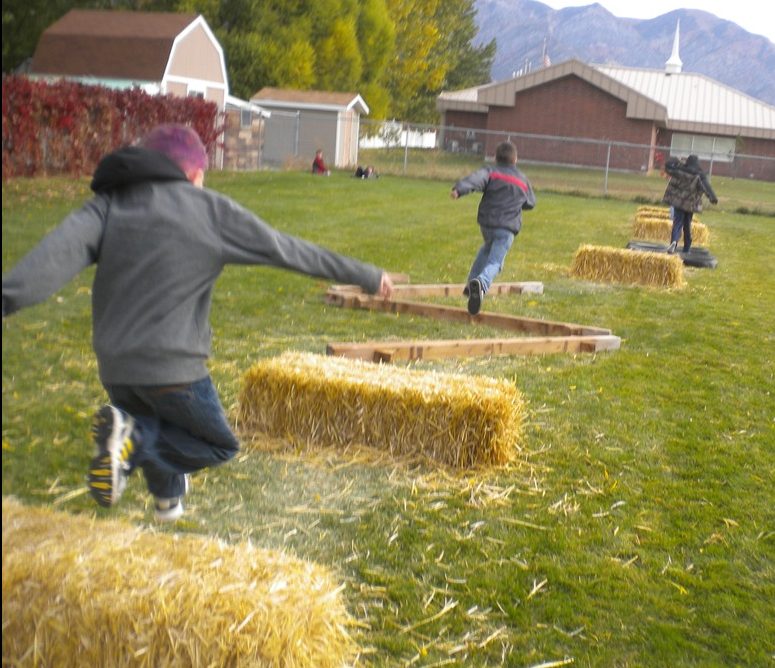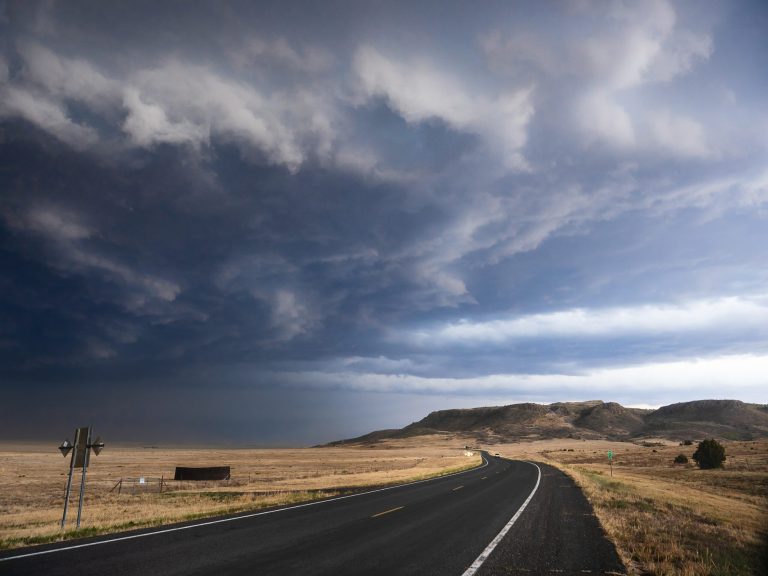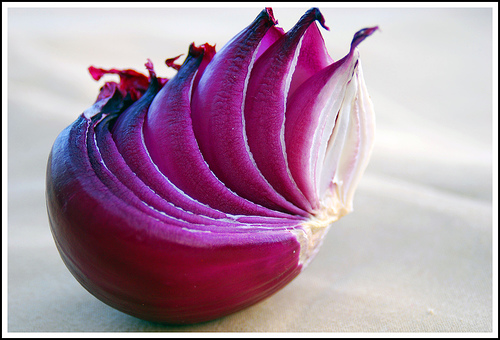The First 10 Scenes You Need to Plot for Your Novel
Now that we’ve spent weeks looking at most of the key scenes you need in your novel and that will form the foundation for your entire story, we’re ready to look at the “10” in my 10-20-30 Scene Builder concept. These are the first ten scenes you will do well to lock in first.
Of course, if you haven’t taken the time to develop a strong concept with a kicker, the protagonist and his goal, the conflict with high stakes, and the themes with heart, you should hold off until you do so.
You can take my online video course to understand fully what those four essential corner pillars of novel structure are. Just enroll at cslakin.teachable.com and then click on the free course. I want you to nail this! Also think about studying my 12 Key Pillars of Novel Construction and use the workbook to flesh this all out. Then you’ll be ready to dive into laying out all these scenes.
Last week I gave the example of filling a jar with rocks. These first ten scenes are your rocks. You put them in first, then you add the pebbles (the next twenty scenes) to fill in the spaces. From there you’ll move into sand, then water—all those other scenes that will round out your story within the strong framework you’ve fashioned.
Want to write a perfect scene every time? Download this PDF worksheet with 8 simple steps to success! Click here to get your free worksheet!
So, here are the ten scenes you’ll want to get working on:
#1 – Setup. Introduce protagonist in her world. Establish her core need. Set the stage, begin building the world, bring key characters on stage.
#2 – Turning Point #1 (10%): inciting incident.
#3 – Pinch Point #1 (33% roughly): Give a glimpse of the opposition’s power, need, and goal as well as the stakes.
#4 – Twist #1: Something new happens: a new ally, a friend becomes a foe. New info reveals a serious complication to reaching the goal. Protagonist must adjust to change with this setback.
#5 – The midpoint (50%): No turning back. Important event that propels the story forward and solidifies the protagonist’s determination to reach her goal. “I’ll never go hungry again!”
#6 – Pinch Point #2 (62% roughly): The opposition comes full force. Time to buckle down and fight through it.
#7 – Twist 2: An unexpected surprise giving (false?) hope. The goal now looks within reach. A mentor gives encouragement, a secret weapon, an important clue.
#8 – Turning Point #4 (75%): Major setback. All is lost and hopeless. Time for final push.
#9 – Turning Point #5 (76-99%): The climax in which the goal is either reached or not; the two MDQs are answered. (Be sure to read my posts on MDQs if you haven’t nailed that concept).
#10 – The aftermath (90-99%): The wrap-up at the end. Denoument, resolution, tie it all in a pretty knot.
Twists and Turns
I haven’t gone into twists yet, and we’ll talk about them further. Twists make good stories terrific. They are surprises, reversals. Just when you think . . . then the unexpected comes out of nowhere (or maybe it’s expected, but here it comes anyway).
You can have lots of variations on your twists. The movie Outbreak comes to my mind with twist #2. Dustin Hoffman’s character finally finds the monkey carrying the disease. He flies to the family’s home and the monkey is caught. They now have great hope to get a cure made before everyone in the quarantined town (and possibly the world) dies.
BUT he learns upon returning that the president has authorized full cleansing, and the bomb is en route to annihilate the town. Hope is raised but then so are the stakes, and that barrels the story toward turning point #4—that major setback.
There’s nothing more fun than raising someone’s hopes to the heights, then dashing them. No, I’m not mental. This is good storytelling! Raise your character’s hopes at a moment when he really needs hope. Then smash it into pieces and send him reeling. That’s the build to the climax.
Yay! More Charts!
And since I love creating charts and handouts, as you’ve probably noticed, I’ve put these first ten scenes in a list in two formats for you: An Excel chart (which will come in handy when you go on to paste your scene summaries into the final thirty-scene chart) and a PDF, for those of you who can’t access Excel (or don’t want to use it).
Print out your chart (maybe multiple copies so you can play with ideas) and get working on your ten scenes.
I’ll talk more next week about these twists. And then we’ll move on to the next twenty scenes: the pebbles that go into the spaces in the jar between your ten rocks! There are countless ways to approach the next ten scenes, and over the next weeks we’ll play with some ideas.
Share some thoughts in the comments. Do you have all these ten scenes figured out? What are some great twists you can think of from a movie or book?












Clicking on the Excel chart link causes my browser to crash. Is it the same as the PDF? I prefer Excel and can plug the PDF into an Excel spreadsheet if they’re the same and that’s okay with you.
When you click on the link for the Excel chart, it downloads to your computer, then opens in Excel. It works fine when I do it, so I’m not sure what your problem is. I don’t think it would matter what browser you use because it should go to auto download. But yes, the PDF is exactly the same as the Excel chart (and I use Chrome, so not sure if other browsers behave differently).
I’m planning on writing serial fiction on my website,so there won’t be page numbers, just chapters. When you talk about where these steps should fall (50%, 33%, etc.), how can I figure out where they would fall within a chapter?
Hi Evolet, These key scenes aren’t going to fall within a chapter. You would need to look at the book as a whole. When laying out your outline for your entire book, you are going to place these scenes in those approximate places and fill in scenes between them. You can’t figure this out if you are going to write a chapter a week without the whole book outlined in advance.
This is great information. Thanks so much for sharing and explaining it. I signed up for the free course and hope to get started soon. I’m assuming this construction should hold true in memoir, too, as we need themes and inciting incident, etc. What do you think? Thanks again for all you do to assist writers. It is greatly appreciated.
Thanks! Memoirs do not follow novel structure, but the free Amazon course is perfect for marketing any book.
Thank you so much for your insight. It’s greatly appreciated.
Good stuff here! Now if I can just plug the specifics of my WIP into this outline…My main problem when writing the next novel isn’t writing but planning. I know. A lot of folks are pantsers, but I fail to see how you can arrange things like clever twists without some very careful planning. Therefore, while I’m thinking through my story, it’s hard to see the twists right away. Sometimes time is needed, and the brain needs to stir the pot. Then there are almost too many choices, and each choice could make or break the novel. Yikes. It’s almost too much pressure, and I tend to shy away from the important decisions because I don’t want to make the wrong one. So then forget writing the novel quickly. Am I alone in this?
I find it’s helpful to start with creating these main scenes first. First know your characters well and their core needs, how this ties in with your themes and premise. You have a basic plot, then you think of what your MDQs are and how they are going to be resolved at the climax, and by what action and conflict. You think about the core conflict and opposition in the story and how that’s going to cause big problems for your protagonist. So once you have all those key pillars in place (esp. the four corner pillars that I teach about), you can then work on twists. It’s not all that hard, for there are so many ways to do this. A supposed friend is really betraying, an expected outcome goes south. Just list all the things that can go wrong and that will create more obstacles for your character and that’s where you can find a lot of plot twists.
This is another great series and it’s very helpful. One question about the First Ten Scenes: When does Turning Point #2 occur?
Hi Vincent, I mentioned in last week’s post on plot twists that turning point #2–the fixing of the protagonist’s goal–comes around the 25% mark. I didn’t include it as one key scene because sometimes, IMO, this development isn’t just a scene. It’s the general section in the novel in which events all conspire to push the hero into formulating that goal, so while it might be one key scene in which this occurs, it might harden over a number of scenes and/or events to push the character into that direction with a door of no return.
My objective in providing ten initial foundational scenes is to give a solid framework to build a novel within. Even so, you don’t have to have the plot twists. Your novel might call for other, better key scenes. These examples I’ll be sharing over the next month or so of various additional ten scenes (the 20 in my 10-20-30 concept) are also just guidepost. My hope is to throw out lots of possibilities and writers can choose what works best for their genre and plot. With a garment that’s “one size fits all,” that fabric is going to have to be super stretchy!
Thanks for pointing me in the right direction. I’m following along with the series but I’m a post or two (three?) behind. It makes sense now. Thanks again.
I’ve been following you for a long time now and I’m so appreciative of all the freebie info! It’s really helped to send me in the right direction and I’m now officially converted as a planner and will never return to being a pantser! Thank you!
I have a question about the first 10 scenes you need to plot that you’ve mentioned above. You mention Turning Point #1 and later Turning Point #4, but do not mention #2 & #3. Is this because you don’t see #2 & #3 as being as important as #1 & #4? Or because it’s a typo?
Thanks, Michaela, as I pointed out in other comments and in more recent related posts, the turning points aren’t always one specific scene. I am giving you ten scenes to serve as a type of framework to build upon, and as you’ll see in subsequent posts, you can play around with these and build in a way that works best for your plot. The 25% mark in which your character’s goal is fixed might be the result of one key action in one scene or may just be fixed as a result of a series of incidents that occur over many scenes. So think of those turning points as sections in your story that take place at general locations. But the ten scenes are scene types. I hope this makes sense.
Thanks – I think I’m so afraid of doing it wrong that I want to follow some flawless structure that doesn’t exist. Writer’s doubt, much?! haha
I had previously purchased the book but not the workbook. Does this course go hand in hand with the book, and is the workbook needed?
The online course is free and it covers the first four corner pillars. You don’t need the workbook, but that workbook is very comprehensive and will work you through all twelve pillars with a couple of hundred brainstorming questions and checklists. My aim was to give as much prompting and help to dig deep into your story to fashion into the strongest structure possible. But check out the free course and try working through the worksheets, which are excerpts of the workbook.
Hi Susanne!
I love this idea of writing the most important scenes in advance and the structure of identifying them in advance matches the way I like to write.
Up to now I have plotted all those scenes in Scrivener, meaning I took notes of what will happen in each of those scenes before I started writing.
My issue now is that I am only about 45% into the story, but already count more than 100k words. I am afraid the final story would exceed more than 200k words, so I think it would be a good decision to split it into two books.
Have you got any advice where this would work best in the structure of the 10 key-scenes? I am concerned that no one would ever pick up the second book, because I never “finished” / “fulfilled my promises” in the first book, though…
Well, there could be many reasons for your long book. Overwriting, having too many trivial scenes, etc. Having your manuscript critiqued would be a good next step. I wouldn’t rush to decide to break this into two books–because it those are the flaws causing the length, then the writing and scenes need to be cut and tightened. When you do a series or a two-book story, you still need the basic ten scenes in each book because every novel should have a specific plot goal that is presented and reached in the climax.
One thing you can do is create that scene outline for what you have so far and have me critique it, along with a summary of the rest of the novel. I’ll bet you a nickel that you have too many inconsequential scenes with slow pacing. If it turns out you have a very complex plot that requires such a length, it’s a challenge but doable, of course. I’ve just found, though, that few authors can pull that off (or do crazy structure, like G.R.R. Martin, who drags his plots over thousands of pages).
Many thanks for your quickly reply! I thought about it in the last days and what that means for my story. I fully agree – The basic ten scenes need to be in there, otherwise the story will feel “cut off“ in the middle and the reader might even feel betrayed by the author for not completing the story.
For the moment I will continue writing on the remaining major scenes because I need them anyway and it’s simply too much fun working on them. I’ll hold back with the subplots for the moment though.
I am still working on the 1st-draft, so I don’t dare to share the current version with anyone, but once I am done with the major scenes, getting a second/experienced opinion sounds like a very good idea. I’ll keep you on my radar, Susanne!
Thanks and glad this helps. Think about laying out your scene outline and trying the layering process. It might help to do that before going any further on the actual writing of your draft. I know it helps me!
Hello, Susanne! The story I want to tell is creative nonfiction – therefore, in a sense, it’s already planned for me with the more important key elements. However, there’s a lot of empty space between “scenes.” I believe I can pull off the creative part, but the one thing that worries me is my protagonist. She was a very evil person. As a principal at a school, she handed out harsh punishments for the slightest infractions. Her sister would be the antagonist, as she tried to stop her sister from hurting the children. My question is, how can I pull off an evil protagonist? She was also very strange – more than likely she was mentally ill, based on how she was treated as a young girl. I feel lost! Any suggestions you could make would be greatly appreciated. Thank you.
Hi Julie, good question. With fiction, you’d probably want to create an empathetic protagonist, which could be anyone from a neighbor to a detective, that gets involved in the story. With something like a memoir or other creative nonfiction (something along the lines of self-help?), you might think about the narrator voice and perspective, because someone has to be telling the story, and it can be an outside observer (deep or distanced POV). This might be something we could discuss further via a phone consultation.
Thank you, Susanne – I appreciate your suggestions. You provided me with wonderful ideas that I may be able to pull off. I’m sure a phone consultation would be helpful – I’ll check into it.
Thanks again,
Julie